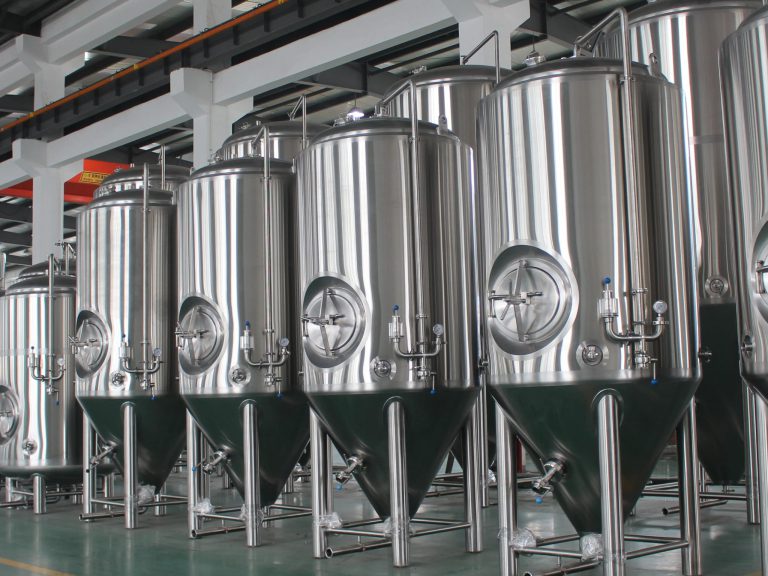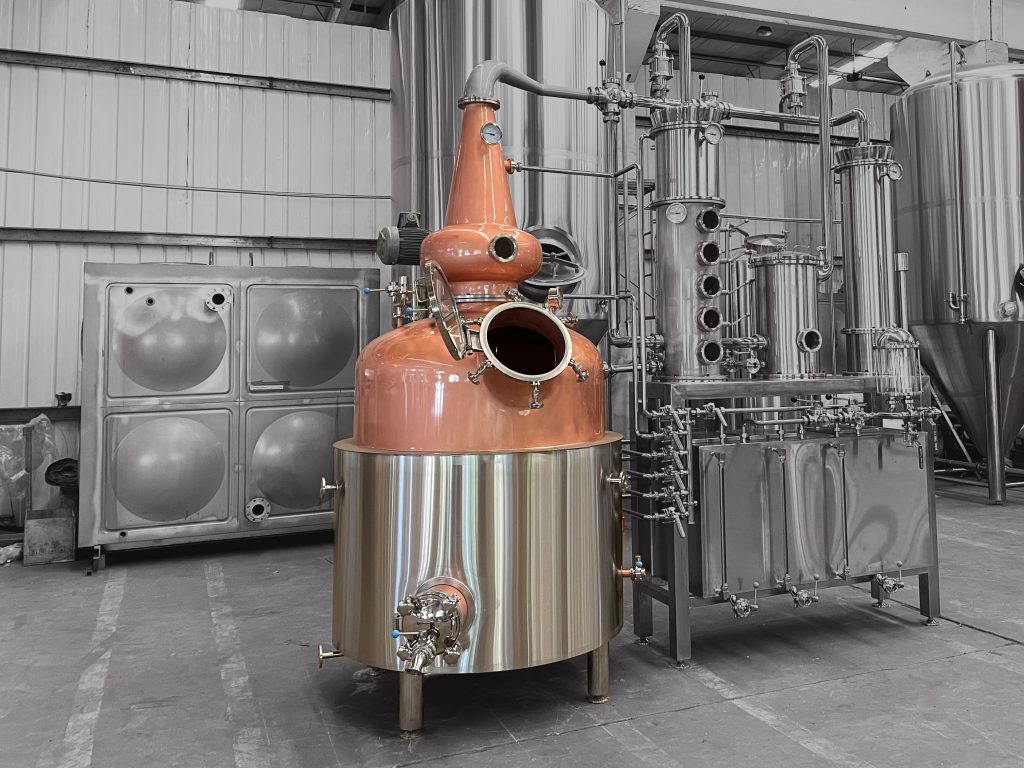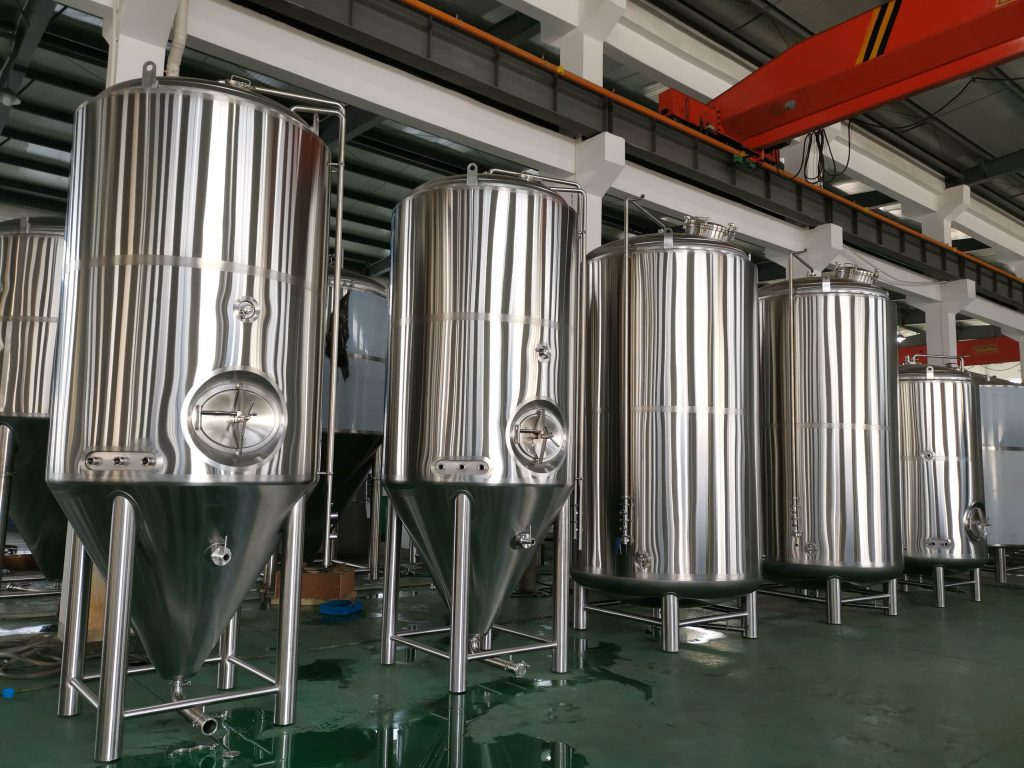Introduction

Brewing beer at home is not just a hobby; it’s a craft that can bring immense satisfaction. The key to brewing exceptional beer lies in selecting the right beer making equipment. This choice influences not just the ease of the brewing process, but also the quality of the final product. Whether you’re a novice just starting out or an experienced brewer looking to upgrade your setup, understanding the essential components and equipment can make all the difference. In this comprehensive guide, we will explore everything you need to know about choosing the right beer making equipment for your brewing setup.
Understanding the Basics of Beer Making Equipment
Before diving into specific equipment, it’s important to understand the fundamental processes involved in brewing. Brewing beer involves several key steps: mashing, boiling, fermentation, conditioning, and packaging. Each of these stages requires specialized beer making equipment to ensure a smooth and successful brewing process. By grasping the significance of each step, you can better appreciate why the right equipment is vital.
Key Components of Beer Making Equipment
The essential components of beer making equipment form the backbone of your brewing process. Here’s a detailed overview of the critical equipment you’ll need:
| Equipment Type | Purpose |
|---|---|
| Brew Kettle | Used for boiling wort |
| Fermenter | Where fermentation occurs |
| Kegs or Bottles | For packaging the finished beer |
| Airlock | Prevents contamination during fermentation |
| Hydrometer | Measures specific gravity |
| Thermometer | Monitors temperature |
| Cleaning Supplies | Ensures sanitation of equipment |
Understanding these components will help you make informed decisions when assembling your brewing setup.
Choosing the Right Brew Kettle
The brew kettle is a fundamental piece of beer making equipment and arguably one of the most important. It’s where the magic happens, turning raw ingredients into wort through boiling, which extracts flavors and sterilizes the mixture. Here are the key factors to consider when selecting a brew kettle:
Size Matters
The size of your brew kettle is essential and should align with your brewing ambitions. If you plan to brew 5-gallon batches, a kettle with at least a 7.5-gallon capacity is recommended to allow for boiling over and evaporation. For larger batches, consider an 8-gallon or larger kettle. Larger kettles also provide the flexibility to brew high-gravity beers that may require additional wort volume.
Material Choices
The material of your brew kettle can significantly impact its performance and longevity. Most brew kettles are made from either stainless steel or aluminum.
- Stainless Steel: Known for its durability and resistance to corrosion, stainless steel is a favored choice among serious brewers. It’s non-reactive, meaning it won’t impart any unwanted flavors into your beer. High-quality stainless steel kettles often come with thicker bottoms to prevent scorching.
- Aluminum: While lighter and generally more affordable, aluminum kettles can react with acidic ingredients, potentially altering the flavor of your beer. If you choose aluminum, ensure it has a good anodized coating to prevent this reaction.
Selecting the Right Fermenter
Once you’ve boiled your wort, the next step is fermentation, where yeast transforms the sugars into alcohol. The fermenter is crucial for this process, making the choice of fermenter a critical one for any brewer.
Types of Fermenters
Fermenters come in various forms, and your choice will depend on your brewing style and personal preferences:
- Carboys: Typically made of glass or plastic, carboys provide excellent visibility for monitoring fermentation. Glass is less likely to scratch but can be heavier and more fragile.
- Buckets: Affordable and simple to use, fermentation buckets are perfect for beginners. However, they may lack the visibility of carboys and can be harder to clean thoroughly.
- Conical Fermenters: These advanced options allow for precise fermentation control and easy yeast removal, making them ideal for serious brewers. They can also handle multiple fermentation processes simultaneously.
Volume Consideration
When selecting a fermenter, ensure it has enough capacity for your batch size plus extra space for fermentation activity. A standard 6.5-gallon fermenter is suitable for most 5-gallon batches, allowing for adequate headspace to prevent blow-off.
Essential Tools for Monitoring Fermentation
Monitoring fermentation is crucial for producing high-quality beer. Investing in the right tools can provide insight into your brewing process, ensuring everything goes smoothly.
Hydrometers and Refractometers
These tools are essential for measuring the specific gravity of your beer throughout fermentation. A hydrometer is a simple tool that allows you to track sugar levels, which helps in calculating the alcohol content. A refractometer can offer more precision and is particularly useful for all-grain brewers who need to take quick readings.
Thermometers
Maintaining the right temperature during fermentation is vital for yeast health and flavor development. A good thermometer allows you to monitor your brew’s temperature accurately. Digital thermometers are often favored for their ease of use and quick readings, while some brewers prefer dial thermometers for their reliability.
Packaging Your Beer: Kegs vs. Bottles
Once fermentation is complete, it’s time to package your beer. This stage is crucial in preserving the quality and taste of your brew, with two primary options: kegs and bottles.
Kegs
Kegging your beer can offer numerous advantages, particularly in terms of convenience. Here are some benefits of using kegs:
- Convenience: Kegs are easier to pour and store than bottles, especially if you’re hosting a gathering. With a keg, you can quickly dispense beer without the hassle of bottling.
- Carbonation: Kegs can facilitate a more consistent carbonation process. Using a CO2 tank allows for controlled carbonation, ensuring that each pint tastes just as good as the last.
Bottles
Bottling remains a popular method, especially for those new to homebrewing. While it can be more labor-intensive, there are several reasons to consider bottling:
- Cost: Bottles can often be more affordable upfront, especially if you collect used bottles. This makes them accessible for beginners.
- Variety: Bottling allows you to create custom labels for each bottle, making it a fun option for gifting or showcasing your homebrew.
Comparison Table: Kegs vs. Bottles
| Feature | Kegs | Bottles |
|---|---|---|
| Carbonation Ease | High | Moderate |
| Storage Space | Requires more space | Less space required |
| Initial Cost | Higher initial cost | Lower initial cost |
| Maintenance | Requires CO2 tank | Minimal maintenance |
Cleaning and Sanitizing Your Equipment
Sanitation is a cornerstone of successful brewing. Any contamination during the brewing process can ruin your hard work, so investing in proper cleaning supplies is non-negotiable.
Recommended Cleaning Supplies
Your beer making equipment should include the following cleaning and sanitizing supplies:
- Bristle Brushes: Essential for cleaning carboys, bottles, and kegs, ensuring no residual yeast or residue remains.
- Star San: A popular no-rinse sanitizer among homebrewers, Star San is effective in killing harmful bacteria and wild yeast, making it a staple in any brewing setup.
- Brewery Wash: An effective cleaning agent that helps remove stubborn residues, oils, and grime from your equipment, ensuring everything is ready for your next brew.
Maintaining cleanliness and sanitation not only protects your beer from contamination but also extends the lifespan of your equipment.
Advanced Beer Making Equipment for Experienced Brewers
Once you’ve mastered the basics, you might consider investing in advanced beer making equipment to elevate your brewing game further.
Temperature Control Systems
Temperature control is crucial for producing consistent, high-quality beer. Advanced temperature control systems can help you maintain optimal fermentation conditions, leading to better-tasting beer. When selecting a temperature control system, look for features such as:
- Thermostatic Controls: Allow you to set specific temperature ranges, enabling precise control over fermentation conditions.
- Heating Mats or Wraps: These are particularly useful for maintaining fermentation temperatures in colder environments, ensuring yeast remains active throughout the process.
Automated Brewing Systems
For those serious about brewing, automated systems can simplify the process and enhance accuracy. These systems can control various brewing parameters, reducing the risk of human error. Features to consider include:
- Integrated Brewing Software: Allows for easy recipe management and brewing calculations, streamlining the brewing process.
- Sensors and Monitors: Real-time monitoring of temperature, pH, and gravity can help you adjust brewing conditions on the fly, ensuring consistency in every batch.
Common Mistakes to Avoid When Choosing Beer Making Equipment

Choosing the right beer making equipment can be overwhelming, especially for beginners. Here are some common mistakes to avoid:
Overcomplicating Your Setup
One of the most significant mistakes new brewers make is starting with too many advanced tools and gadgets. This can lead to confusion and a steep learning curve. Focus on the basics first—invest in a solid brew kettle, fermenter, and cleaning supplies—before expanding your setup as you gain experience and confidence.
Neglecting Quality
While it’s tempting to opt for cheaper equipment, investing in high-quality beer making equipment can save you money in the long run. Quality equipment will last longer and yield better results, making your brewing process more enjoyable and less frustrating. Consider it a long-term investment in your brewing journey.
Conclusion
Selecting the right beer making equipment is essential for any homebrewer. The choices you make will impact not only your brewing experience but also the quality of the beer you produce. By understanding the basics and carefully considering your options, you can create a brewing setup that meets your needs and helps you craft delicious beer. Whether you choose to start with essential equipment or invest in advanced tools, the most important aspect is to enjoy the brewing process. Each brew is an opportunity to learn and refine your craft.
FAQ
Q:What is the best beer making equipment for beginners?
A:For beginners, a basic brewing kit that includes a brew kettle, fermenter, airlock, hydrometer, and cleaning supplies is often sufficient. These essentials provide a solid foundation for your brewing journey.
Q:Do I need a kegging system?
A:While a kegging system is convenient, it’s not necessary for beginners. Bottling is a perfectly acceptable method for packaging your beer, and many new brewers find it a great way to start.
Q:How important is sanitation in brewing?
A:Sanitation is critical in brewing. Contamination can ruin your beer, so always ensure your equipment is clean and sanitized before use. This simple step can prevent a lot of headaches later on.
Q:Can I use regular kitchen equipment for brewing?
A:While some kitchen equipment can be used, it’s best to invest in dedicated beer making equipment to ensure optimal results. Specialized equipment is designed to withstand the brewing process and provide consistent results.
Q:How do I maintain my beer making equipment?
A:Regularly clean and sanitize your equipment after each use. Store your equipment in a dry, cool place to avoid damage and ensure it remains in good condition for your next brew.

